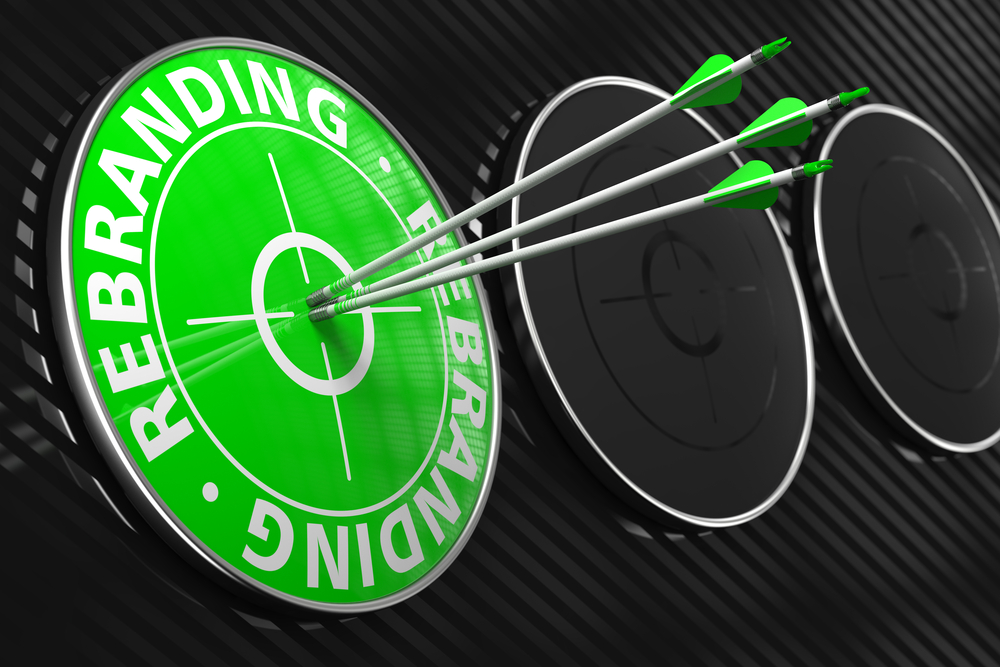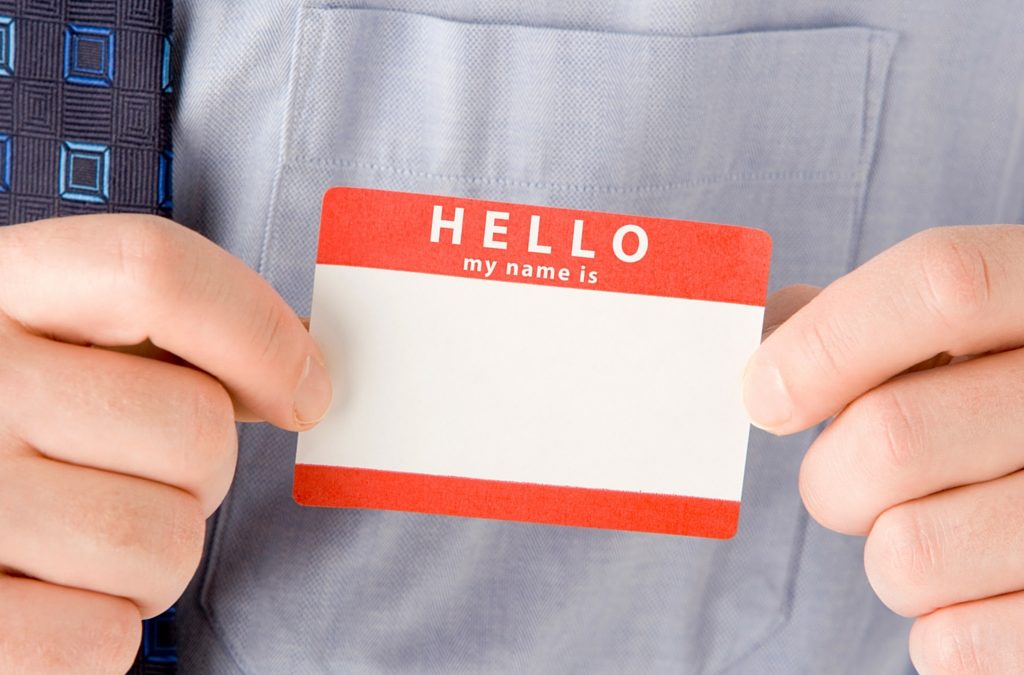
The Dos, Don’ts, and Duhs of Rebranding
The Dos, Don’ts, and Duhs of Rebranding
Do you know that in 2008, all four of the first family wore J. Crew during the inauguration festivities? This occurred at the tail end of a five-year company rebranding, during which revenues rose 107% and J. Crew became known as the store you turn to for the basics (think tank tops and capris) with a hint of luxury. The cornerstone of the campaign’s success was actually paring down to focus more on what they did best: the basics. Once they did that, J.Crew went on to show that their product was for everyone- from stay-at-home-moms to the First Family.
In 1982, Harley-Davidson had no money and was, in fact, $90 million in debt. Despite having a good brand and loyal customers, the company was unable to generate a profit because, at that point in time, their product quality had gone downhill, taking a backseat to other aspects of the company. The overhaul that saved them from bankruptcy had nothing to do with color scheme or logo choice, and everything to do with providing a better product. Once the top priority became producing a better quality product, the company was eventually able to climb out of the hole and into the history books.
In the ‘90s, UPS was desperately seeking a foothold in their close competition with FedEx. Their win came in the form of a new tagline, “What can brown do for you?” accompanied by characters from ‘Mailroom Guy’ to ‘CEO’. The new approach aimed to show that no matter who you are in a company, UPS can meet your specific set of needs. After experiencing success with the effort, UPS has recently changed their slogan once more, highlighting their role on a global scale by saying “We [Heart] Logistics.” UPS knows- and shows- us that adapting to meet the needs of your customers is the way to their collective hearts.
Rebranding means something slightly different to everyone, as demonstrated by these three examples. And while consistency is one of the most important factors in successful marketing, change is sometimes the only option. So how do you know it’s time?
The companies previously discussed didn’t just start out knowing what their biggest issues were and what they needed to change. According to Entrepreneur magazine, these are 5 signs it’s time to rebrand:
- Your old image is obsolete
- You’re targeting a new demographic
- A new competitor is threatening you
- Your mission or values have changed
- Your original brand was botched
If one or more of these rings true for your business, it may be time to consider changing things up. But remember, knowing the problem isn’t the same thing as finding a solution. Companies can experience the same problems and in the
No matter the solution you come up with, you can rest assured that companies before yours have had the same issues and needed the same solution before you. Why is that important to you? So you can be sure not to make the same mistakes. Here are a few things to keep in mind throughout the process:
Do your research before changing your name, including a visit to urbandictionary.com. This lesson comes to us from the SciFi Channel, who made a change in their name because they would be able to trademark the different spelling. Unfortunately, the spelling they landed on- Syfy- also happens to be a slang term for syphilis. The result? Alienation of many longtime fans, ridicule, and inclusion on lists of Don’ts for many years to come.
Sometimes, new is NOT better. Whether consumers are super attached to the original logo (think Tropicana in 2009), an attempt at modernity goes too far (like the 2012 Olympics), or you’re simply trying too hard to be cool (Radioshack), replacing a logo is touchy and should be done with caution. So, if it’s not broken, don’t fix it!
Any change should have the potential to be
If you’re going to do it do it right. AOL and Xfinity are two companies whose recent changes are publicly acknowledged as skin deep. Both companies have rolled out something new- Comcast introduced Xfinity, and AOL produced a new logo- but neither followed up with additional changes. Consumers have been left scratching their heads, waiting to see how the companies’ new faces improve their business. A new name and a new logo are simply not a solution to deeper problems. If you’re not ready and willing to create lasting change within your company, then save your money and skip it!
Rebranding has helped many companies take a turn when their future was unclear at best. In today’s age, a company’s brand is their bond. Consumers have all the facts and figures at their fingertips, and now is the time when their loyalty is hard earned and long kept. Make sure your brand has what to takes!
Is rebranding the right choice for your company? Click here to find out!

